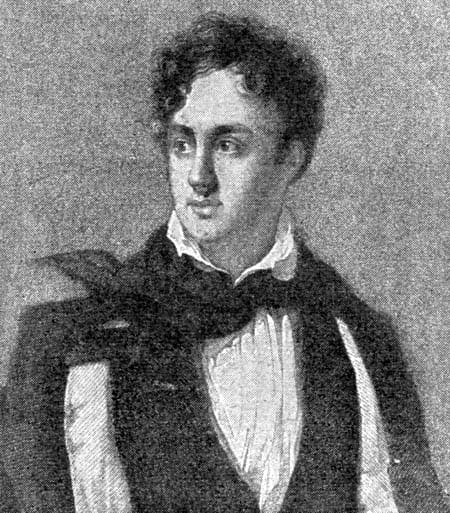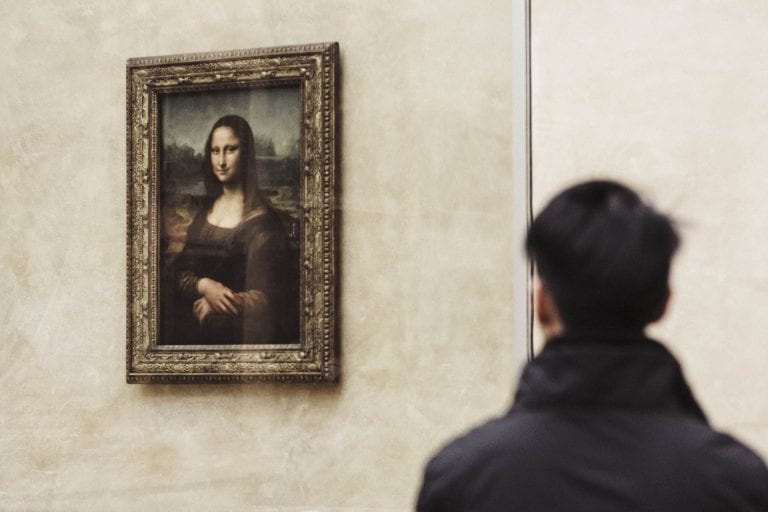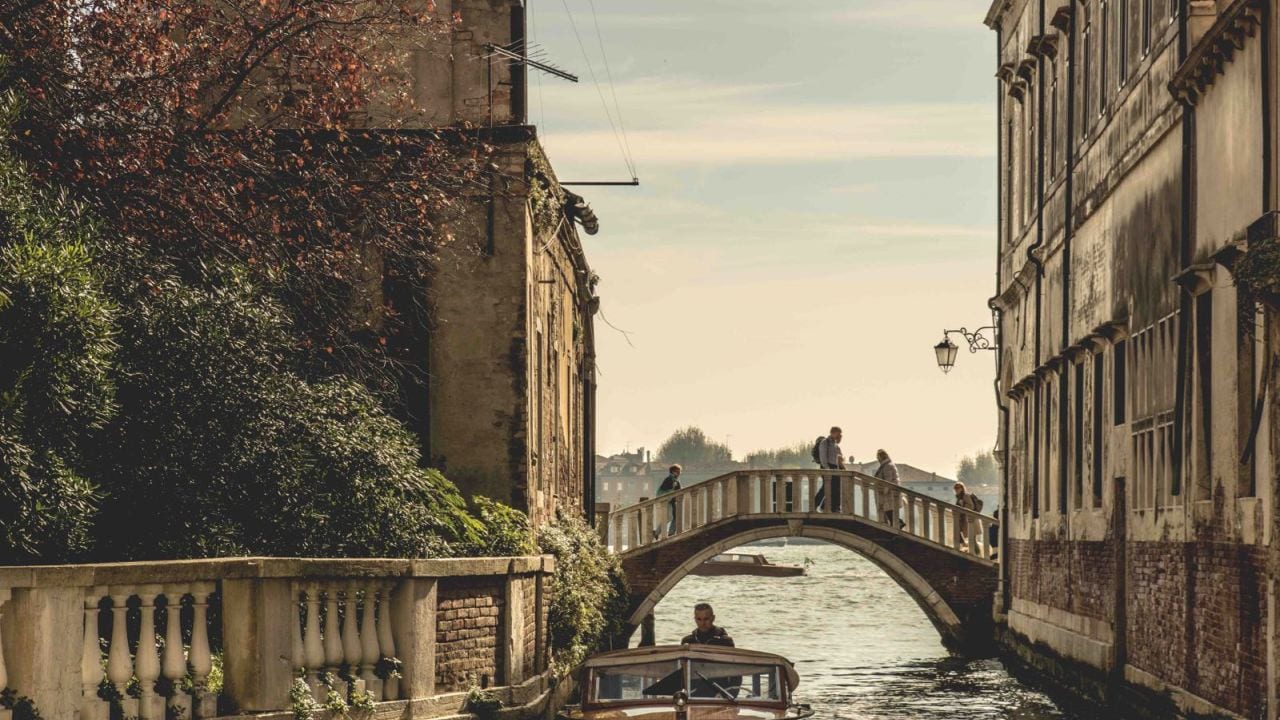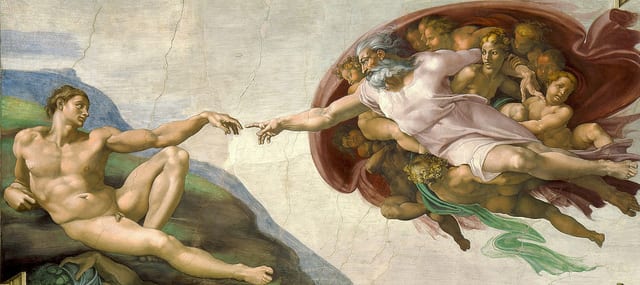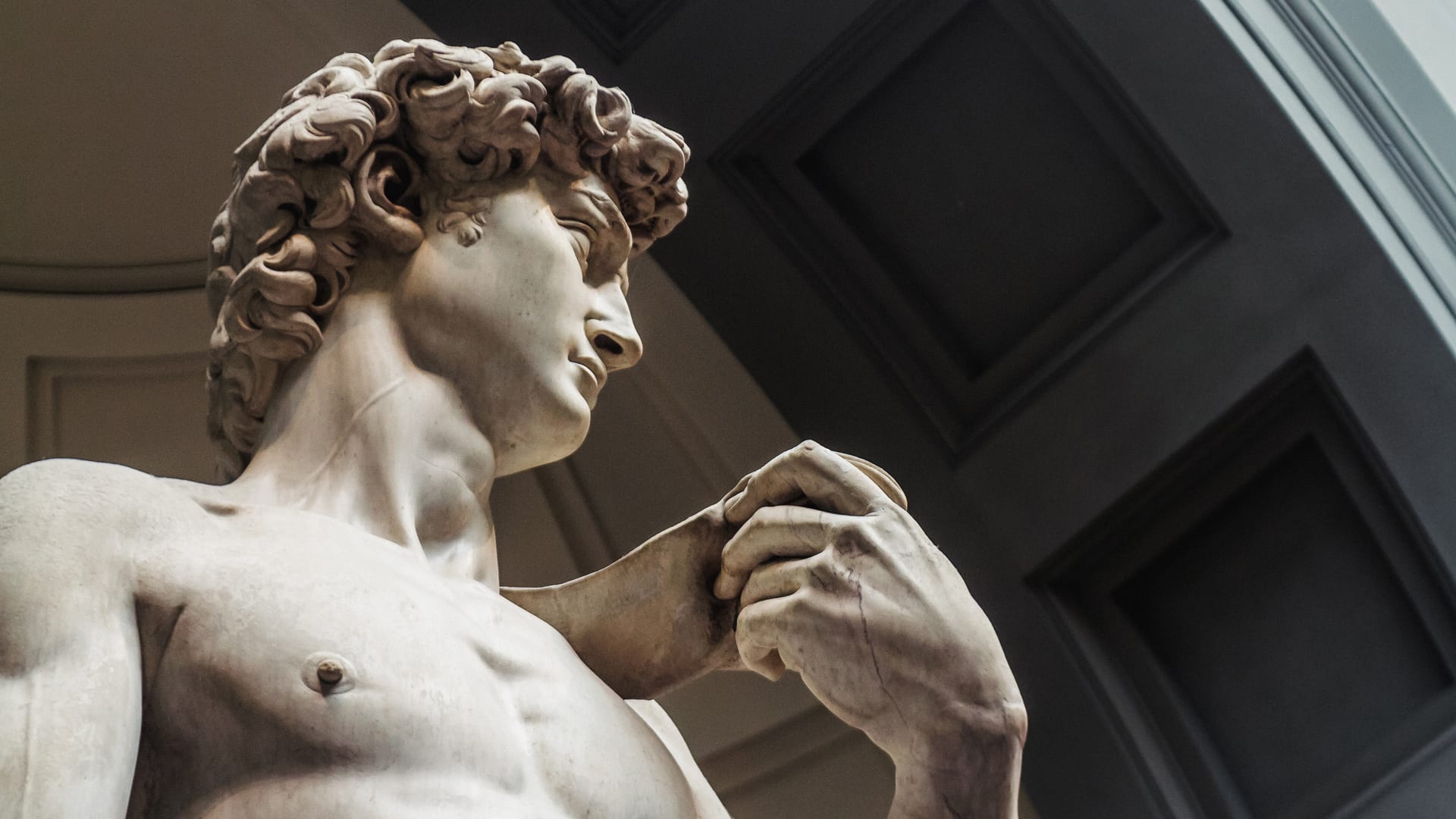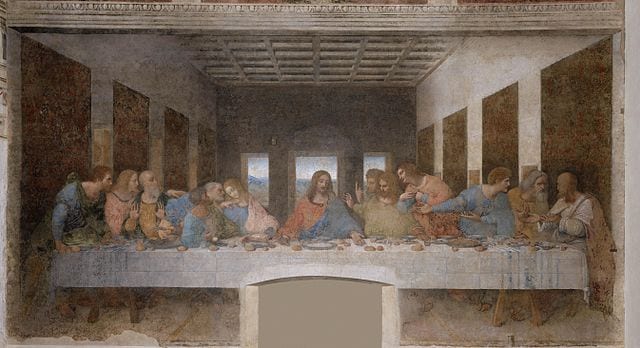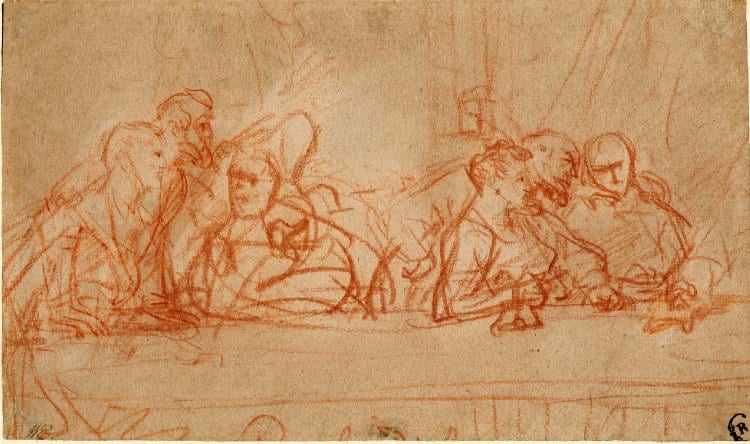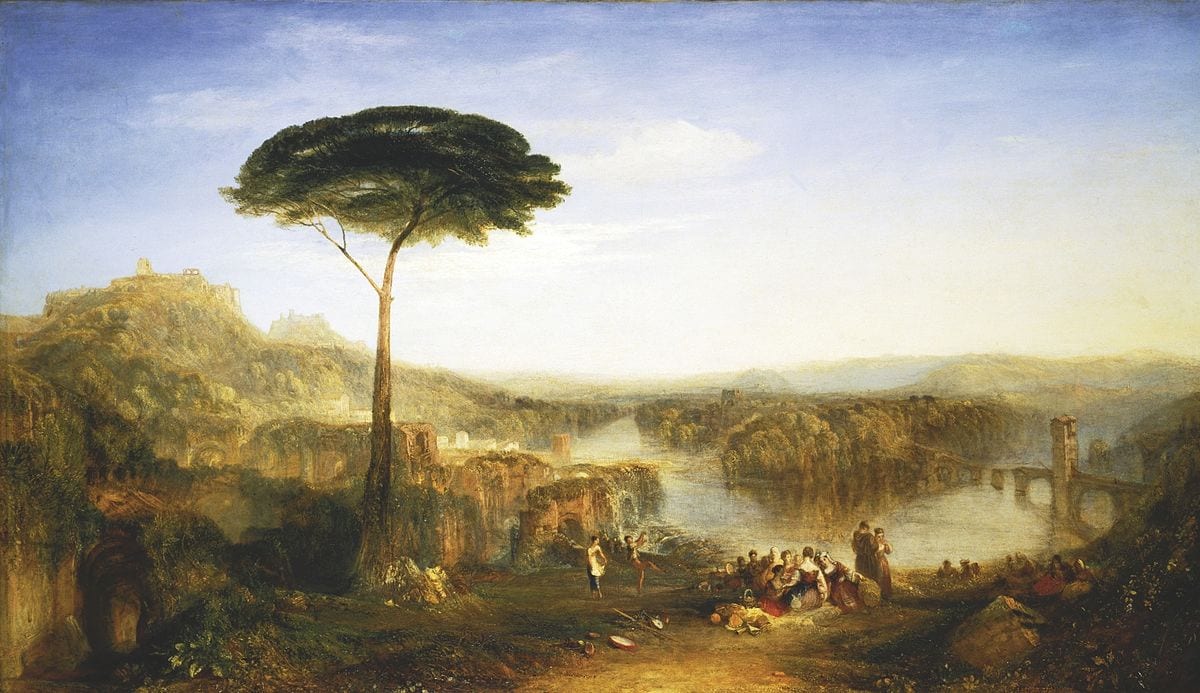
A Literary Tour of Italy: Travel in the Footsteps of Your Favorite Writers
July 17, 2023
A century before Paris became Europe’s expat literary hot spot, Italy was the place to be for English-speaking scribes. During the 19th century, novelists, poets, journalists and assorted scribblers flocked to Italy for the price, the pace, the view and/or the inspiration they found there. The World Wars of the 20th century took some of the romance (or perceived romance) out of traveling Italy but it remained a favorite place to visit and write about for some of the most talented authors of the turn of the century. From a cradle of art and culture to a “paradise” despoiled by war, Italy has been many things to many writers. Their books on Italy have played a huge role in influencing the way that modern travelers see and experience the country.
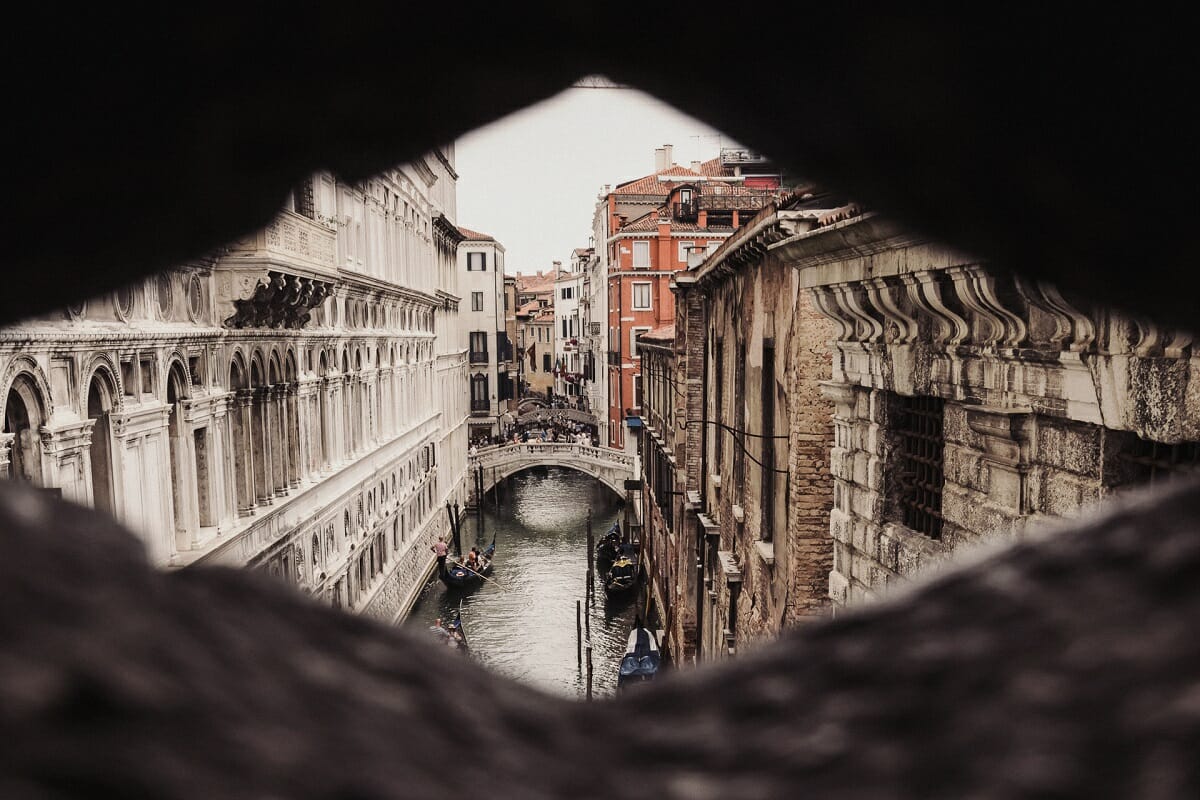
It’s easy to see why cities such as Venice left their mark on artists over the centuries. See which writers were impaced in our Literary Tour of Italy!
Want to travel Italy footsteps of some of your favorite scribes when you visit Italy? Here’s a guide to get you started.
Table of Contents
ToggleSicily: Johann Wolfgang von Goethe
We know most people’s idea of a nice beach read isn’t Goethe, but the writer and statesman was one of the first and most famous writers to publish a popular account of his travels through Italy. From 1786 to 1788 he traveled the length of the peninsula, hitting many of the sites frequented by the young, wealthy Europeans who flocked to Italy on their Grand Tours. Goethe, however, went a step further and traveled to Sicily. He was so entranced by the island – which had very few visitors at the time – that he famously wrote, “To have seen Italy without having seen Sicily is to not have seen Italy at all, for Sicily is the clue to everything.”
His diary during the first year of his travels formed the backbone of his book on Itay, Italian Journey, published in 1816. It also inspired an influx of German youth to follow in his footsteps.
How to follow in Goethe’s footsteps: Visit the ruins at Segesta and Agrigento with your copy of his Goethe’s Italian Journey. These two spots were particular favorites of his in Sicily and his passages on them are a delight to read. Also, don’t miss Mt. Etna!
Venice: Lord Byron
Lord Byron, the famous literary bad-boy of the 19th century is also the Romantic writer with the deepest connection to Italy. During his 6 years living in the country, he invited many other writers to stay with him, forming a veritable community in the country akin to Paris’ writers’ community of the 1920s.
His relationship to the country began when he left England in 1816 to escape various social scandals surrounding debts and his more or less constant sexual escapades. There he learned the language, dabbled in politics and became (in)famous, yet again, for his various liaisons with women, many of whom were married.
He lived in Ravenna between 1819 and 1821 in order to be close to Teresa Guiccioli, a local noblewoman who eventually left her husband to be with Byron. As a poet, he never wrote a comprehensive book on Italy but In Ravena, he continued work on Don Juan and wrote The Ravenna Diary, My Dictionary, and Recollections. He ultimately finished Cantos 6–12 of Don Juan in Pisa. (Shelley once wrote that Byron’s house in Pisa had “ten horses, eight enormous dogs, three monkeys, five cats, an eagle, a crow, and a falcon; and all these, except the horses, walk about the house.” He later added that there were also 5 peacocks, 2 guinea hens and an Egyptian crane.) Lord Byron traveled extensively throughout Italy, often with his writer friends, especially Mary and Percy Shelley, but his final Italian home was Genoa.
How to follow in Byron’s footsteps
It was Byron who introduced the term “Bridge of Sighs” to the English language; a translation of the Italian Ponte dei Sospiri. Go see the bridge in Venice at sunrise and take along a copy of Childe Harold’s Pilgrimage. As you look at the bridge, soak up his immortal opening to the third stanza:
I stood in Venice, on the Bridge of Sighs, / A palace and a prison on each hand: / I saw from out the wave her structures rise / As from the stroke of the enchanter’s wand: / A thousand years their cloudy wings expand / Around me, and a dying Glory smiles / O’er the far times, when many a subject land / Looked to the wingéd Lion’s marble piles, / Where Venice sate in state, throned on her hundred isles!
If you want to see Venice with an expert local guide, check out Walks of Italy’s Venice walking tours.
The Mediterranean Coast: Percy and Mary Shelley
The English Romantic poet Percy Shelley and his wife, Mary Shelley (the author of Frankenstein) lived throughout Italy from 1818 –1823. Like Byron, they were essentially social exiles, having entered into a messy affair that saw Percy’s first wife eventually commit suicide. Italy provided both anonymity and freedom from the social ostracism that awaited them in England. In fact, both of the Shelleys were able to produce a wide body of work in the 5 to 6 years that they lived there, despite personal problems, namely enduring the deaths of two of their children.
They first headed to Venice to meet Lord Byron. There, Percy wrote Julian and Maddalo, a poem nearly entirely modeled off of his conversations with Byron in the canals of Venice.
The Shelley’s lived for brief periods in Venice, Naples, Florence, and Pisa. Percy finished Prometheus Unbound while in Rome and the tragedy The Cenci while living in Livorno. In the meantime, Mary wrote Matilda, an autobiographical novel, Valperga, a historical novel, and the screenplays of Proserpine and Midas.
Unfortunately, Percy Shelley died when his sailboat capsized in a storm near Viareggio. After his death, Mary went to live in Genoa for a time before ultimately returning to England. Years later, Mary produced a travel book on Italy entitled Rambles in Germany and Italy. Despite all the hardship, she once described Italy as, “a country which memory painted as paradise.”
How to follow in Shelley’s footsteps
One of Mary Shelley’s favorite Italian views came when she crossed the Simplon Pass – a mountain pass connecting Italy to Switzerland. You can still walk it today and if you go in the summer there are are few better hikes in the Alps. Wordsworth was also a fan.
Trieste: James Joyce
The turn of the century changed the literary milieu in Italy considerably. James Joyce arrived in 1904, 22 years old and penniless. He taught English in the city and constantly invited others to join him – not the least because he wasn’t making enough money to support his family and needed someone a bit more career-minded to help hold the fort. First, his brother came out to help with expenses, then two of his sisters arrived to help his wife run the house. Throughout his time there Joyce tried many different money-making schemes and never gave up his drink, but the Adriatic port surely inspired the young author. He wrote most of Ulysses and all of A Portrait of the Artist as a Young Man while living in Trieste.
He tried to move to Rome only once: he hated it and returned to Triest before the year was up. As a consummate writer of “everymen” Joyce found plenty of inspiration in Trieste. The port city was filled with laborers, sailors and local workers from all over Europe. It’s even said that the local dialect influenced the more complicated language texts of Ulysses.
Though he lived there just 10 years, the author and the city shared a remarkable creative bond.
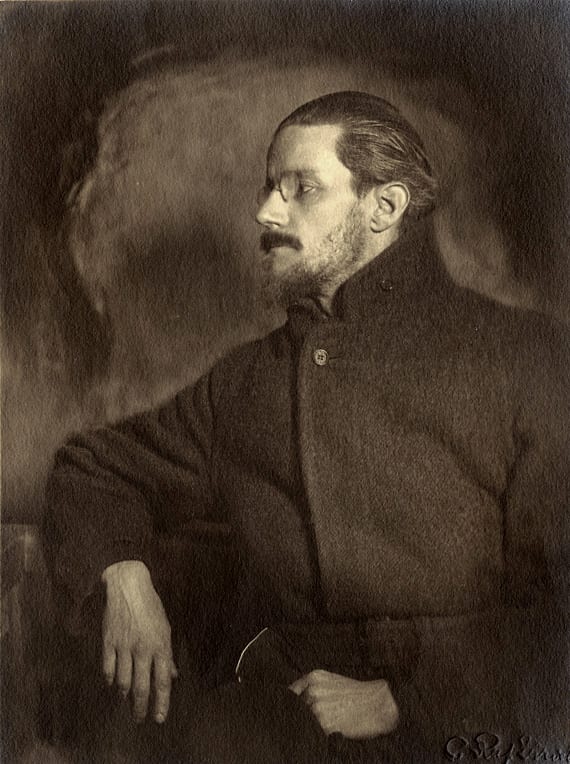
Joyce. Photo from Wikimedia Commons
How to follow in Joyce’s footsteps
Today, Trieste is home to the Museo di Joyce, a museum showcasing the rich connections between Joyce’s work and the city. Spend the morning there then head to either the Caffè San Marco, or the Caffè Stella Polare – two of Joyce’s favorite haunts – for a coffee and some conversation.
Friuli-Venezia Giulia: Ernest Hemingway
Hemingway’s travels in Cuba, Spain, and Africa have become so legendary that it’s easy to forget his first novel, The Sun Also Rises, is based on his experiences in Northern Italy. In 1918 Hemingway volunteered to be an Ambulance driver for the allies in the First World Wart and within six months he was in Friuli-Venezia Giulia on the Italian Front. His time spent, both on battlefields and convalescing from a wound became the basis of The Sun Also Rises. His experiences also worked their way into his nonfiction, like an oft-cited passage in Death in the Afternoon about picking up the remains of people who had been blown up in a munitions factory explosion.
Later, when Hemingway set up house in Paris, he still made frequent trips to Italy with his first wife Hadley. In fact, the third story in his first book, Three Stories and Ten Poems, was written while he was spending the spring in Italy. Years later in 1948, the author and his third wife Mary traveled to Venice where they stayed for several months. His love affair with 19-year-old Adriana Ivancich inspired his novel Across the River and into the Trees, his only other book set in Italy.
How to follow in Hemingway’s footsteps
If you are traveling in style head to Stresa on Lake Maggiore, an hour’s drive from Milan. There you can check into the Hemingway Suite – the same room (now somewhat spruced up) that he stayed in while on leave from his time as an ambulance driver on the Italian front. You can even see where he signed his name in the guest book on a return journey.
Tuscany: Joseph Heller
Joseph Heller also saw active service on the Italian front, but in the Second World War, instead of the First. His experiences in the airforce there gave him the raw materials for his classic anti-war novel, Catch-22. Though you would be forgiven for not remembering this, most of the events of Catch-22 are set on the island of Pianosa, which sits off the coast of Tuscany.
Although Catch-22 is more of a satire than a book on Italy, we didn’t want to miss this opportunity to mention Pianosa because its one of our favorite islands in the Tuscan Archipelago and well worth a visit. Actually used as a penal colony and high-security prison until 1997, it is now a protected island open to only 250 visitors a day. For more trips around Tuscany check out our Tuscan driving tours from Florence and Rome.
How to follow In Heller’s footsteps
A day on Pianosa is one of the most enjoyable things to do on the Tuscan Archipelago. As one of the most secluded islands in the chain it’s a real hidden gem. While we do recommend reading Catch-22, it won’t remind you very much of the actual island.
Modern-Day Authors on Italy
Though these authors were some of the first to be widely influenced by Italy, they certainly weren’t the last. Today writers are still traveling to the country for healing, meditation, food and ultimately, inspiration. For written accounts of more recent sojourns to Italy, check out modern classics like Under the Tuscan Sun, A Thousand Days in Venice, Beautiful Ruins, and the ever popular Eat Pray Love.
Want to add some Italy books to your summer reading list? Check out our list of the 10 indispensable Books on Italy.
by Gina Mussio
View more by Gina ›Book a Tour

Pristine Sistine - The Chapel at its Best
€89
1794 reviews

Premium Colosseum Tour with Roman Forum Palatine Hill
€56
850 reviews

Pasta-Making Class: Cook, Dine Drink Wine with a Local Chef
€64
121 reviews

Crypts, Bones Catacombs: Underground Tour of Rome
€69
401 reviews

VIP Doge's Palace Secret Passages Tour
€79
18 reviews

Legendary Venice: St. Mark's Basilica, Terrace Doge's Palace
€69
286 reviews









